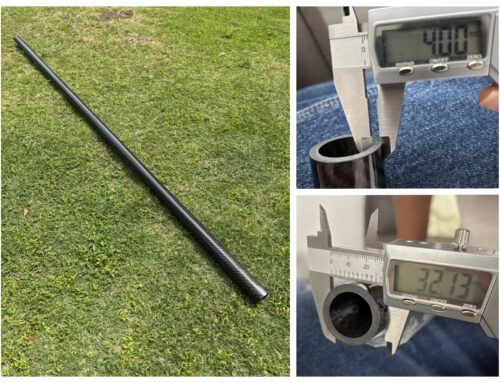Carbon fiber is a lightweight, high-strength material that has revolutionized industries ranging from aerospace to sports equipment. Composed of thin, strong crystalline filaments of carbon, it is known for its exceptional strength-to-weight ratio, durability, and resistance to corrosion. This advanced material has become a cornerstone of modern engineering and design, enabling the creation of products that are both lighter and stronger than those made with traditional materials like steel or aluminum.
How is Carbon Fiber Made?
It is produced through a complex manufacturing process that begins with a precursor material, usually polyacrylonitrile (PAN) or pitch. The process involves the following steps:
Oxidation: The precursor fibers are heated in air at high temperatures (200–300°C) to stabilize them.
Carbonization: The stabilized fibers are then heated in an inert atmosphere at temperatures up to 2,000°C. This process removes non-carbon atoms, leaving behind a fiber composed mostly of carbon.
Surface Treatment: The fibers are treated to improve bonding with resins or other materials.
Sizing: A protective coating is applied to the fibers to prevent damage during handling and processing.
The resulting carbon fibers are extremely thin, typically 5–10 micrometers in diameter, and are bundled together to form tows or yarns. These tows can be woven into fabrics or combined with resins to create composite materials.
Properties
Carbon fiber is prized for its unique combination of properties, including:
High Strength: Carbon fiber is stronger than steel while being significantly lighter.
Low Weight: It is about 70% lighter than steel and 40% lighter than aluminum.
Stiffness: It has a high modulus of elasticity, making it extremely rigid.
Corrosion Resistance: Unlike metals, carbon fiber does not rust or corrode.
Thermal Conductivity: It can withstand high temperatures and has low thermal expansion.
Fatigue Resistance: It performs well under repeated stress, making it ideal for dynamic applications.
Applications
Carbon fiber is used in a wide range of industries due to its exceptional properties. Some common applications include:
Aerospace: Used in aircraft components like wings, fuselages, and tail sections to reduce weight and improve fuel efficiency.
Automotive: Found in high-performance cars, electric vehicles, and racing vehicles to enhance speed and efficiency.
Sports Equipment: Used in bicycles, tennis rackets, golf clubs, and helmets to improve performance and durability.
Renewable Energy: Utilized in wind turbine blades for their strength and lightweight properties.
Construction: Reinforces structures like bridges and buildings, providing added strength without significant weight.
Medical Devices: Used in prosthetics, imaging equipment, and surgical tools due to its lightweight and biocompatibility.
Advantages
Lightweight: Reduces overall weight in applications, leading to improved efficiency.
High Strength: Provides structural integrity without adding bulk.
Design Flexibility: Can be molded into complex shapes and tailored for specific applications.
Durability: Resists wear, corrosion, and fatigue, ensuring a long lifespan.
Disadvantages
Cost: It is expensive to produce, making it less accessible for some applications.
Brittleness: While strong, it can be prone to cracking under certain conditions.
Conductivity: Its electrical conductivity can be a drawback in some applications.
Recycling Challenges: Carbon fiber composites are difficult to recycle, posing environmental concerns.
Future of Carbon Fiber
As technology advances, the cost of producing carbon fiber is expected to decrease, making it more accessible for a wider range of applications. Researchers are also exploring sustainable production methods and recycling techniques to address environmental concerns. With its unparalleled properties, carbon fiber will continue to play a critical role in shaping the future of materials science and engineering.
Please contact us via email at info@carbonfibercfk.com or through our website at https://carbonfibercfk.com/contact-us/.






Leave A Comment